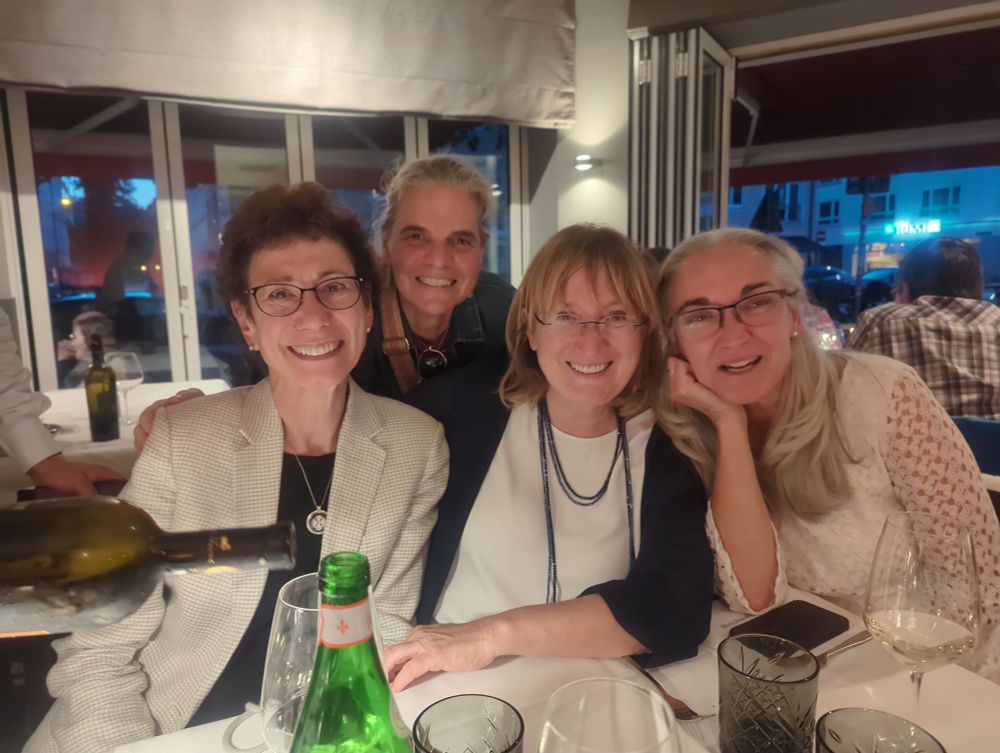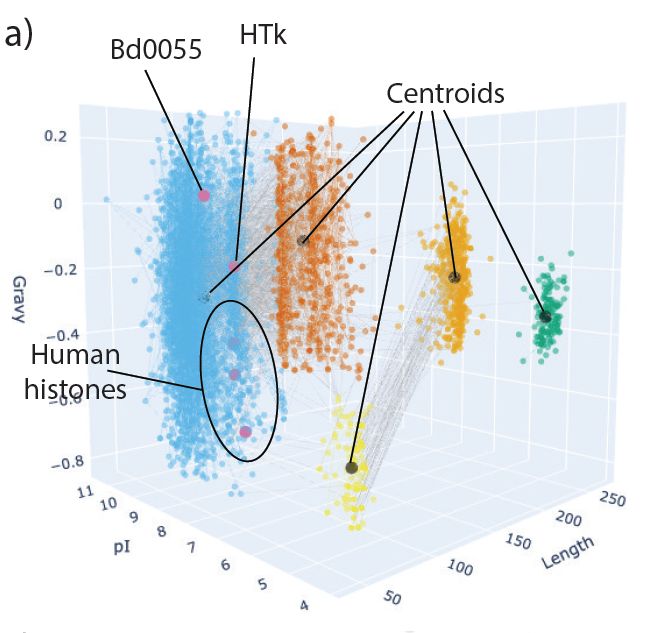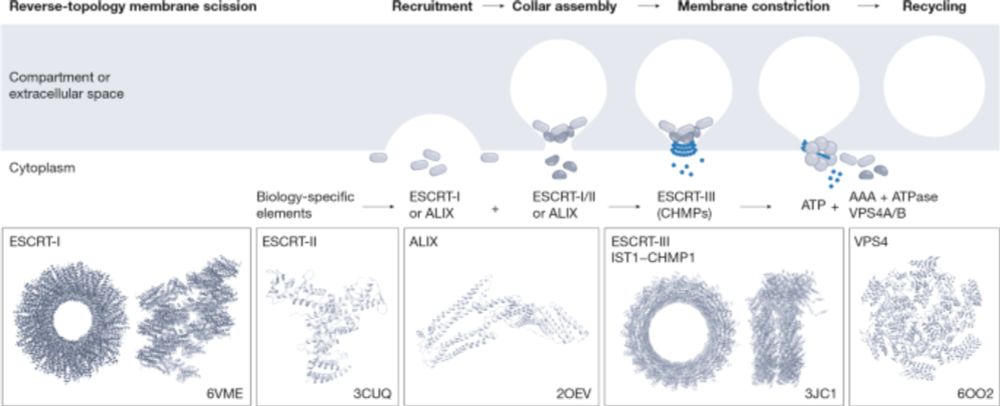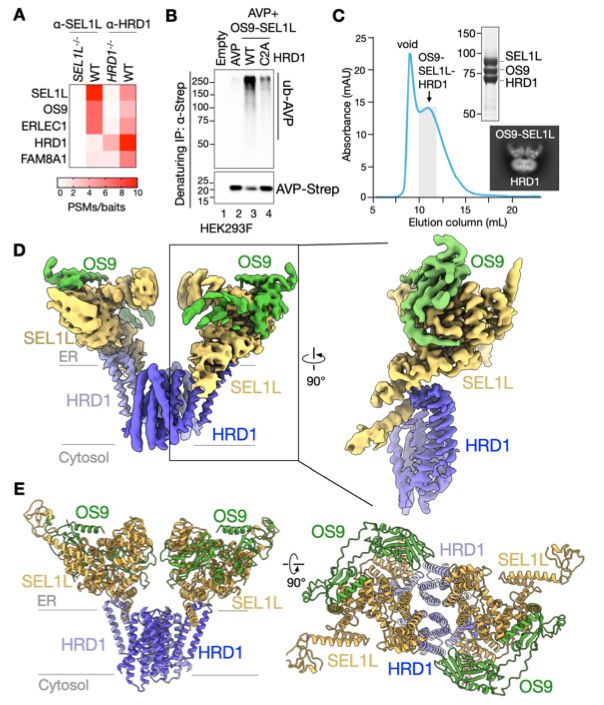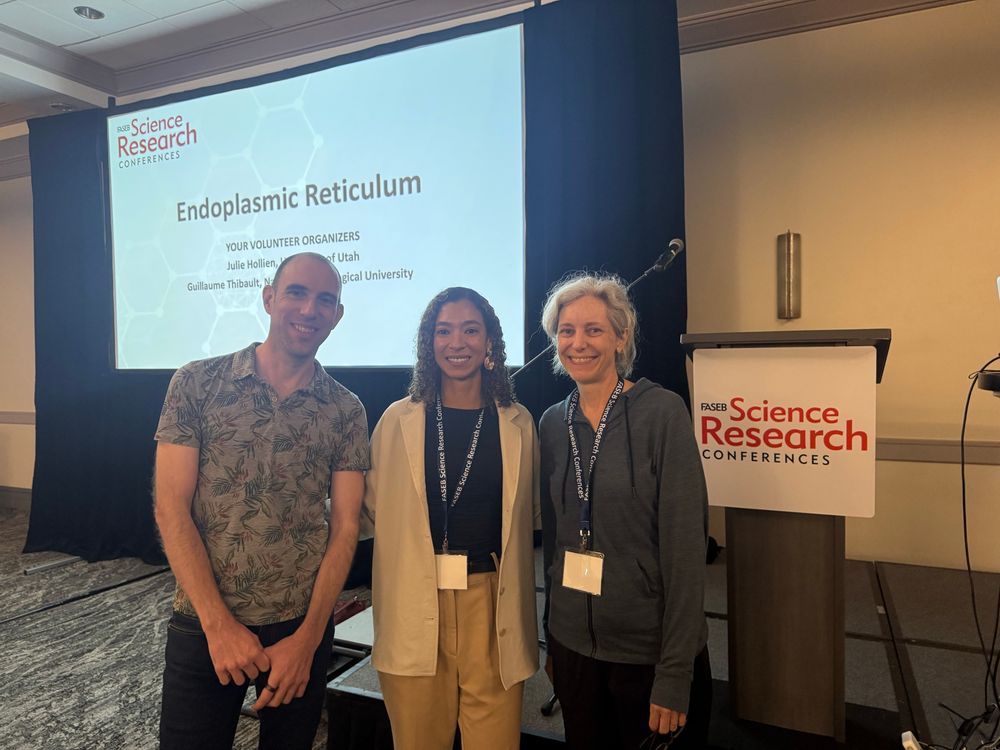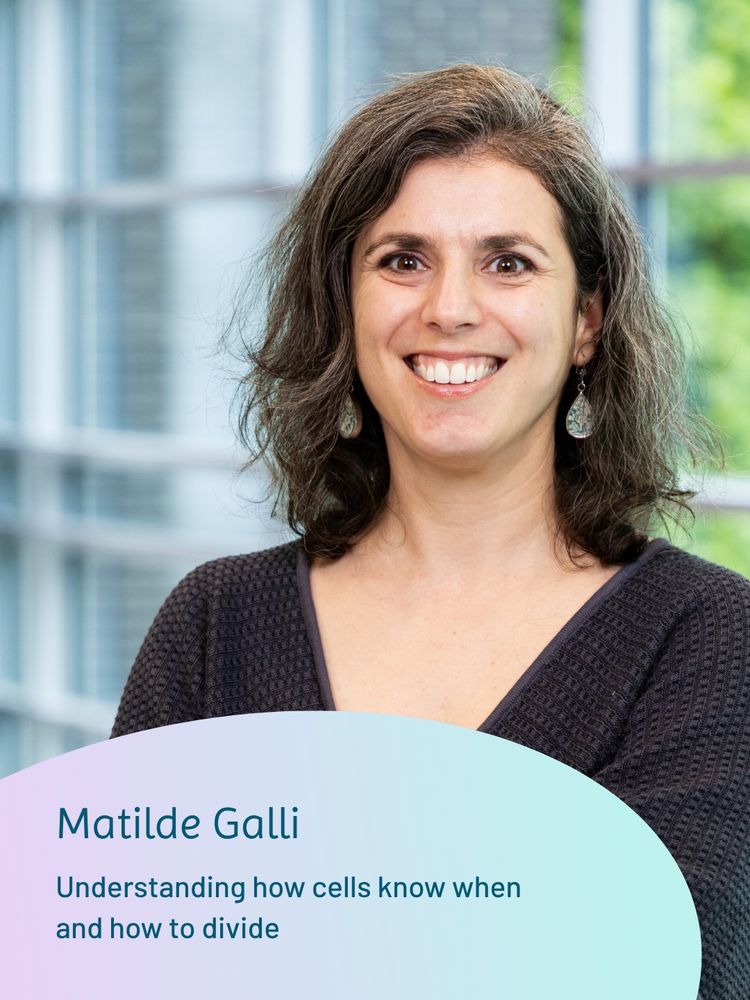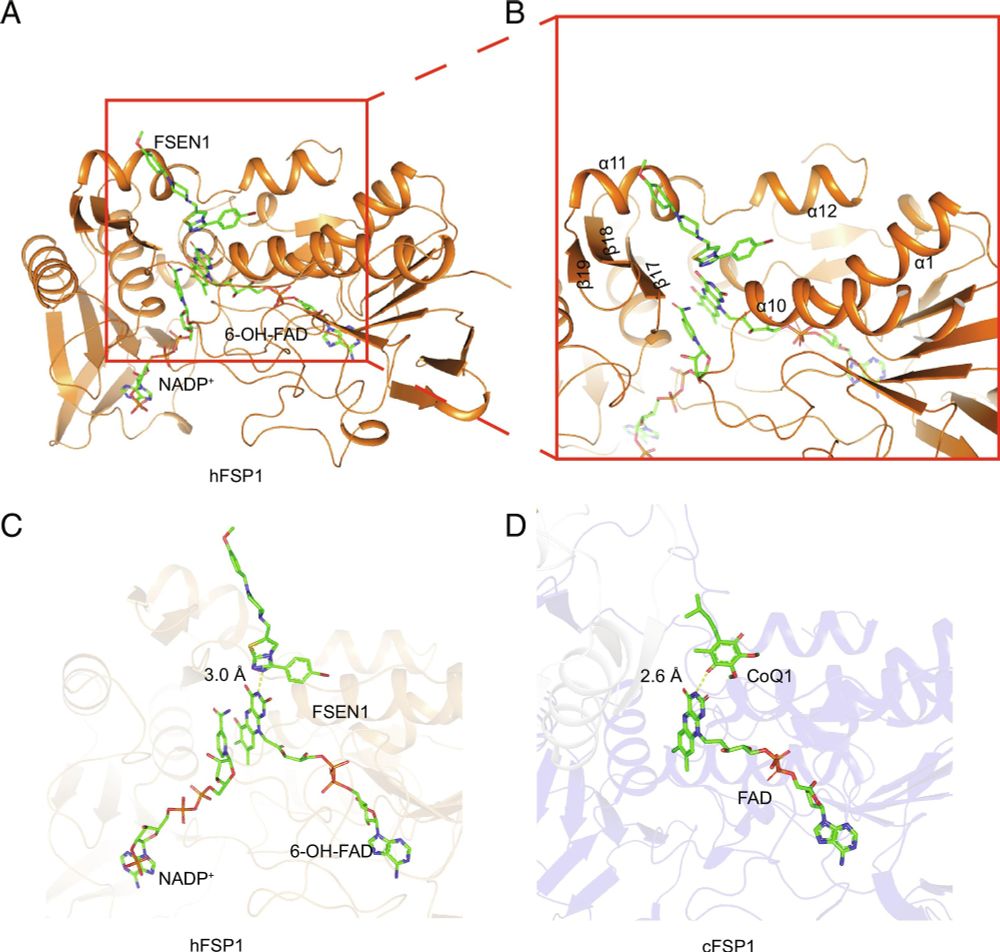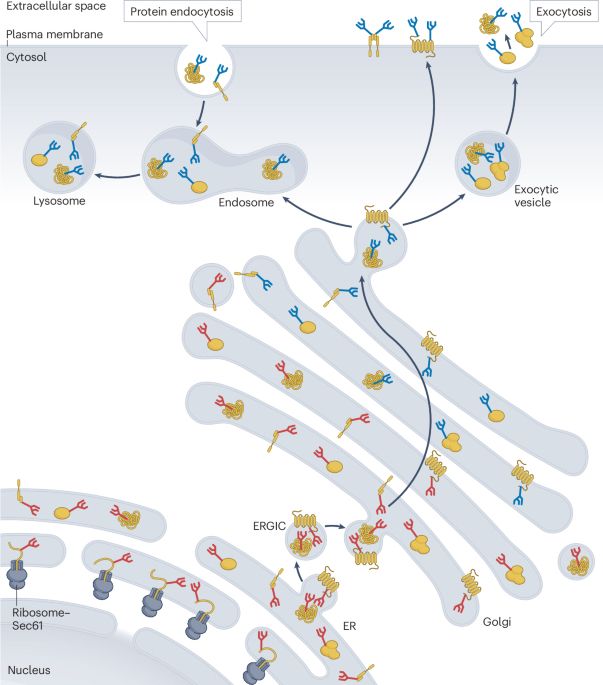Francesco Scavone
@fscavone.bsky.social
920 followers
560 following
36 posts
Biology @Stanford | Kopito lab | ubiquitin & UBLs, UFM1, ribosome, protein quality control, autophagy, endoplasmic reticulum | Foodbank volunteer | 🐘:@[email protected]
📷: Sicilian landscape
Posts
Media
Videos
Starter Packs
Reposted by Francesco Scavone
Reposted by Francesco Scavone
Reposted by Francesco Scavone
Reposted by Francesco Scavone
Böke Lab
@bokelab.bsky.social
· Jul 18
Reposted by Francesco Scavone
Reposted by Francesco Scavone
Reposted by Francesco Scavone
Reposted by Francesco Scavone
Reposted by Francesco Scavone
Reposted by Francesco Scavone
Reposted by Francesco Scavone
Reposted by Francesco Scavone
Amit Joshi
@joshilaboratory.bsky.social
· May 23
Phosphatidic acid drives spatiotemporal distribution of Pex30 at ER-LD contact sites | Journal of Cell Biology | Rockefeller University Press
In this study, we show that Pex30 dysferlin domain binds PA through its two hydrophobic regions adjacent to beta sheets. We propose that, PA, a precursor f
rupress.org
Reposted by Francesco Scavone
James Olzmann
@olzmannlab.bsky.social
· Apr 26
Dan Nomura
@dannomura.bsky.social
· Apr 26

DCAF16-Based Covalent Degradative Handles for the Modular Design of Degraders
Targeted protein degradation (TPD) is a powerful strategy for targeting and eliminating disease-causing proteins. While heterobifunctional Proteolysis-Targeting Chimeras (PROTACs) are more modular, th...
www.biorxiv.org
Francesco Scavone
@fscavone.bsky.social
· Apr 25
Reposted by Francesco Scavone
Hemmo Meyer Lab
@hemmo-lab.bsky.social
· Apr 23
Reposted by Francesco Scavone
Reposted by Francesco Scavone
De Camilli Lab
@pdc-lab.bsky.social
· Apr 10
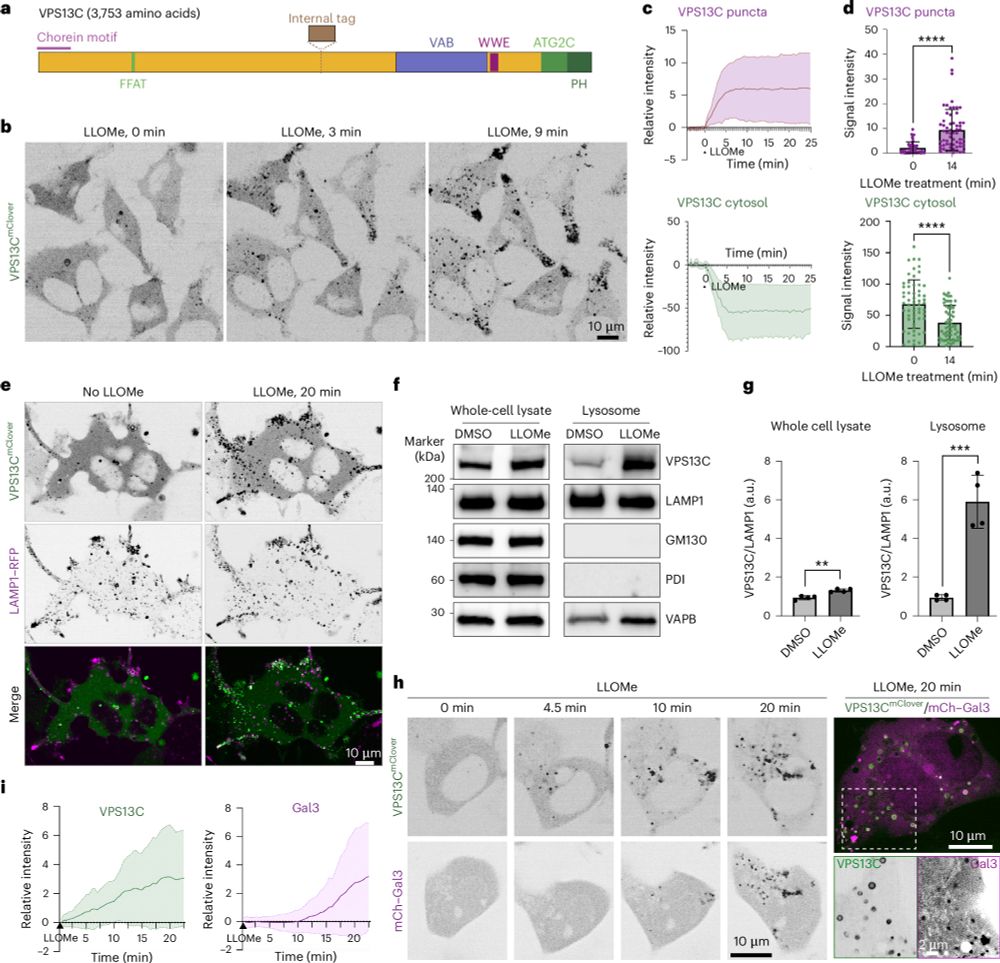
The bridge-like lipid transport protein VPS13C/PARK23 mediates ER–lysosome contacts following lysosome damage
Nature Cell Biology - Wang et al. show the recruitment of the lipid channel protein VPS13C and formation of VPS13C-dependent contacts between endoplasmic reticulum and lysosomes after lysosomal...
rdcu.be
Francesco Scavone
@fscavone.bsky.social
· Apr 13

Highly conserved ribosome biogenesis pathways between human and yeast revealed by the MDN1-NLE1 interaction and NLE1 containing pre-60S subunits
Abstract. The assembly of ribosomal subunits, primarily occurring in the nucleolar and nuclear compartments, is a highly complex process crucial for cellul
academic.oup.com
Reposted by Francesco Scavone
Elif Karagöz
@gekaragoz.bsky.social
· Apr 7




